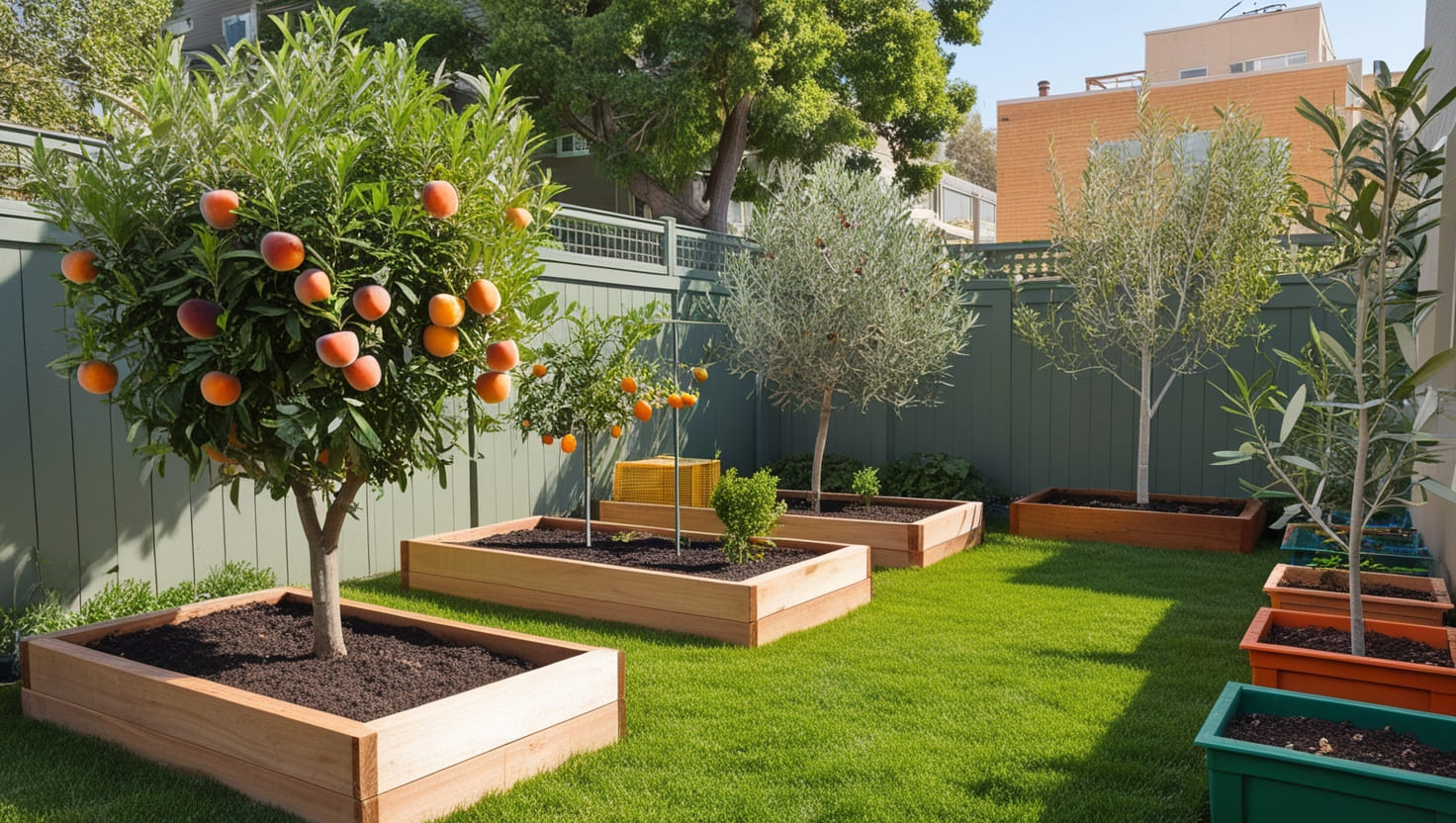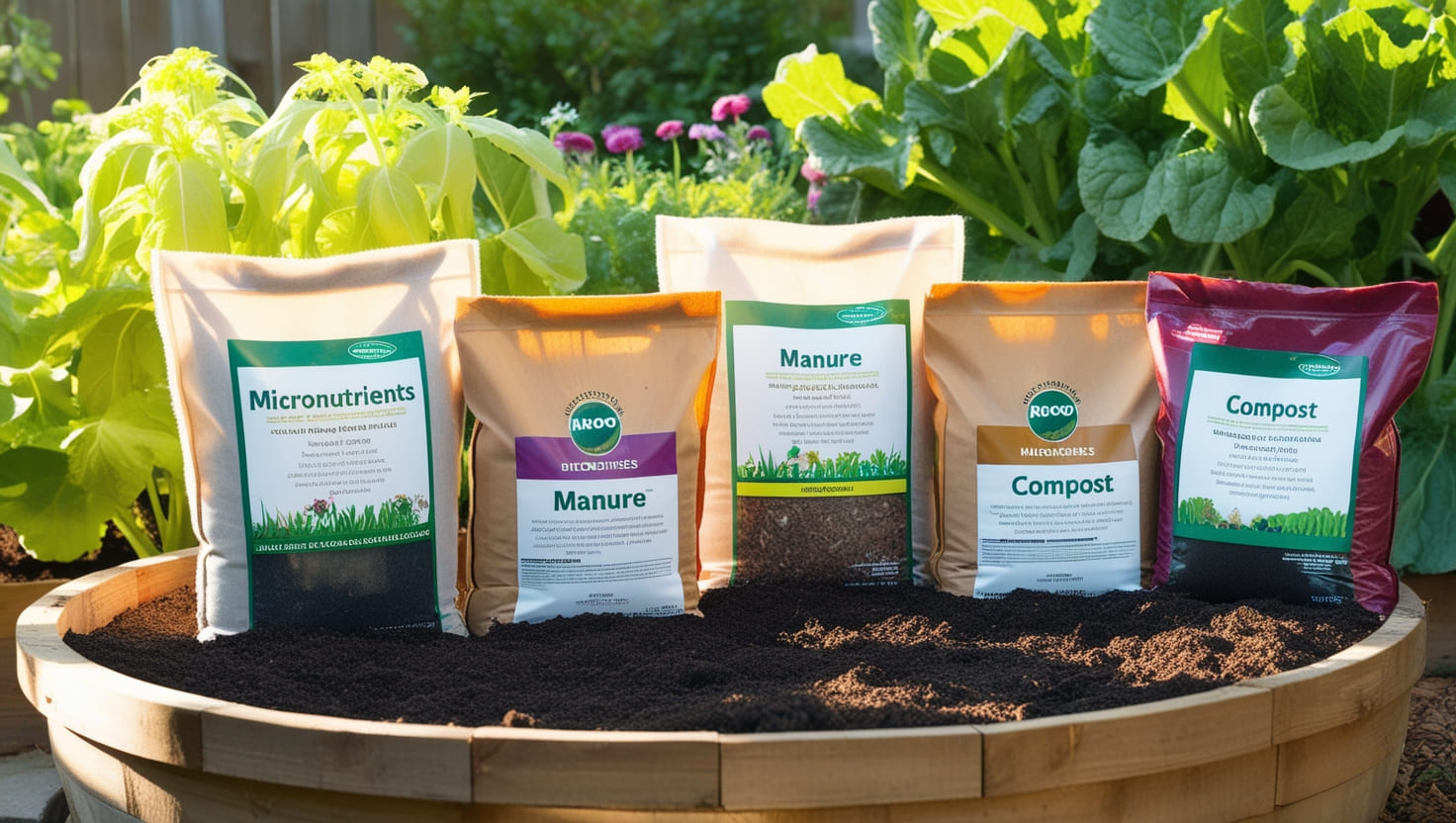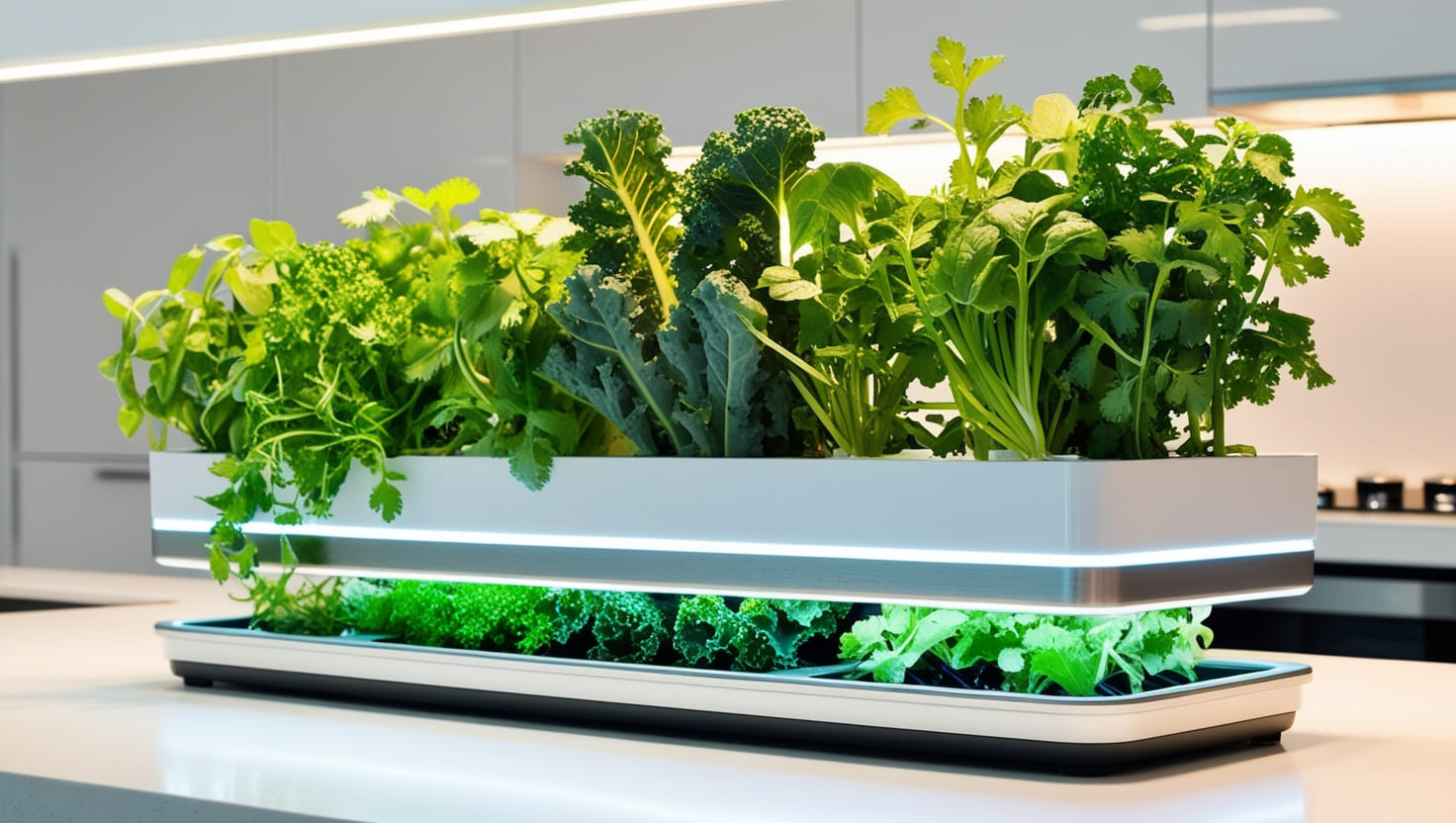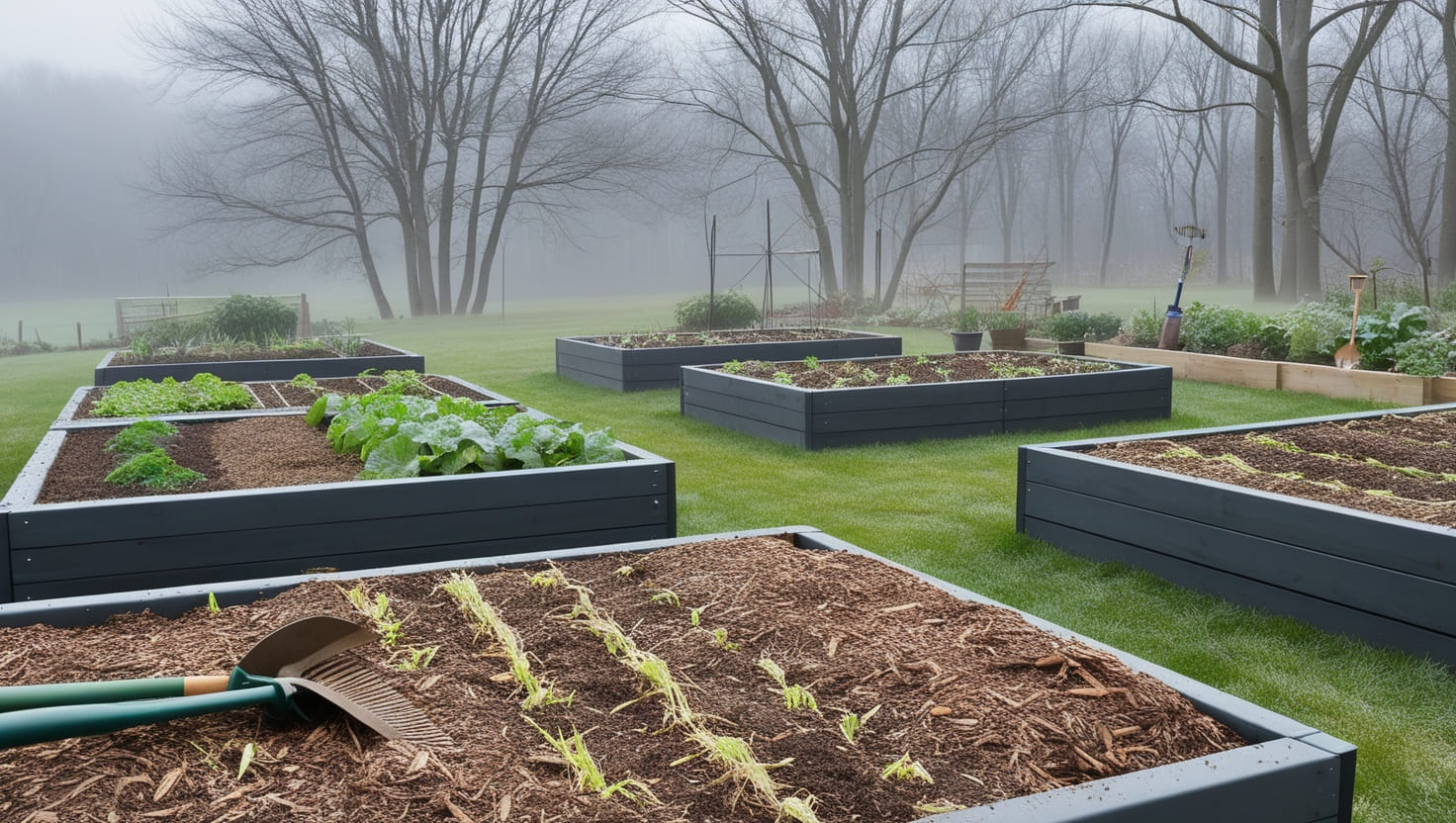
Introduction
What Are Organic Fertilizers
Derived from materials like plant and animal material, organic fertilizers are natural. Contrary to synthetic fertilizers that might affect the environment, organic alternatives are in of one accord with soil and ecosystem.
Importance of DIY Organic Fertilizers
Making organic fertilizers from your own home is convenient and eco-friendly. It helps you recycle your waste and feed it back to the soil so that your plants get what they need without poisons.
Advantages of using Organic Fertilizers
Environmental Impact
The use of organic fertilizers helps decrease the possibility of soil, and water contamination. They keep the soil healthy making it a better sustainable gardening.
Cost-effectiveness
This tends to save me having to buy expensive commercial organic fertilizers all the time, as well.
Soil Health Improvement
These naturally occurring fertilizers not only improve the structure and water retention capacity of your garden but also increase microbial activity to ensure that plants are healthier, meaning they can produce more.
Understanding Key Nutrients
NPK (Nitrogen, Phosphorus, Potassium)
Primary nutrients are very important for the growth of plants. Nitrogen — encourages good leaf growth Phosphorus–Strong roots Potassium –general plant health
Secondary Nutrients -- Calcium, magnesium, sulfur
While used in smaller quantities, they are essential to plant health. Cell wall structure (calcium), Photosynthesis (magnesium) Protein synthesis ([sulfur]).
Ingredients for DIY Organic Fertilizers
Kitchen Scraps
Fruit peels, vegetable leftovers, and coffee grounds are perfect for your garden in addition.
Read More About…Flowering Cactus: Cultivating Beauty in Your Garden.
Garden Waste
They can produce well composted grass clippings, leaves and other garden waste for great organic fertilizers.
Animal Manure
Cow, chicken and other animal manure is nutrient-rich which can be added to the compost feedstock or applied as a fertiliser directly.
Green Manure and Cover Crops
Organic matter and nutrients can be added to the soil by planting cover crops such as clover or rye, which are then tilled under.
Composting for Fertilizer
How to Start a Compost Pile
Start with a combination of brown (attracts carbon) and green materials. Combine these materials in a compost bin or pile, keep them damp and turn them over regularly to aerate.
Brown vs. Green Materials
Brown materials are leaves, straw, and cardboard while green material includes kitchen scraps, grass clippings and manure. Both are necessary to compost well.
Composting Tips and Tricks
Turn the pile frequently, to aid in decomposition and make sure they stay moist but not so wet that you create a stinky anaerobic nightmare.
Simple DIY Organic Fertilizer Recipes
Banana Peel Fertilizer: They consist of potassium, which is key for flowering and fruiting plants. Either in the soil, or allow them to soak in water for a banana peel tea.
Coffee Grounds Fertilizer: Used coffee grounds have a high concentration of nitrogen. Scatter them onto the soil or into compost.
Eggshell Fertilizer: They are a great source of calcium. Crush and blend with the soil to keep away from bloom end decay on tomatoes and peppers.
DIY Advanced Organic Fertilizer Recipes
Fish Emulsion Fertilizer: Fish emulsion is a Good fertilizer made from fish waste. Rich in nitrogen and other nutrients, it is perfect for leafy greens or rapid growth plant species.
Seaweed Fertilizer: Seaweed is a great way to get your daily dose of trace minerals and can be used dry or fresh. Seaweed: Make a nutritious liquid fertilizer by soaking seaweed in water.
Bone Meal Fertilizer: Bone Meal: Bone meal consists of ground up animal bones and is a rich source of phosphorus. Good for roots production and blooms.
Liquid Fertilizers
Compost Tea: Compost Tea: Compost tea is a liquid compost extract that can be applied directly to the soil or used as a foliar spray for added nutrients.
Manure Tea: Manure tea consists of adding animal manures to water and steeping them there. An image of it works:) Is chock full of juicy goodness — perfect for feeding your garden.
Molasses-Based Fertilizers: A sugar-rich fertilizer can be made by combining molasses with compost tea or water, which in turn feeds soil microbes and improves the development of plants.
Fertilizer Application Tips
When and How to Apply
To avoid burning plants, apply the organic fertilizers early in morning or late afternoon. Be sure to stay within application rates as described per the type of plant being treated.
Rates Of Use On Various Plants
Some plants require distinct nutrients than others. Research application rates for specific ingredients to ensure you are not over or under fertilizing
Common Mistakes to Avoid
Over-fertilizing can create nutrient imbalances in your plants Before applying fertilizers, test your soil.
Some Example of Organic Fertilizers for Particular Plants
Vegetables:
Vegetables in particular need a little more nitrogen, especially when they are still growing leaves. (For the record, compost and manure are good options.
Flowers:
Phosphorus-rich fertilizers, such as bone meal help flowers bloom.
Lawns and Trees:
Grass needs a balanced fertilizer, with an emphasis on nitrogen; but trees do better being fed compost or manure deep into their roots.
Best Practices for Storage: Keep organic fertilizers cool and dry Seal containers tightly to avoid water and pests.
Organic Fertilizers Shelf Life: But in general, most homemade organic fertilizers last between several months and a year depending on the source materials used.
Safety Considerations
Handling and Storage Safety:
Be sure to wear gloves and a mask when applying it, especially if using manure or anything else that might be harmful.
Risks and the Way to mitigate it:
Compost manure first before putting it on your garden to lessen the potential pathogens. Do not apply Fertilizers near Water sources as it causes contamination and pollution.
Troubleshooting Common Issues
Over-fertilization:
Yellowing leaves, stunted growth and nutrient burn indicate over-fertilization Rinse the soil out with running water to remove some of that excess nutrition.
Nutrient Deficiencies:
Notice the symptoms of nutrient deficiencies in plants. For example, leaves may turn yellow which could be an nitrogen deficiency.
Pests and Disease Control:
Protect your garden with natural pest control methods like neem oil or companion planting.
Future of Organic Fertilizers
Recent Advancement in Organic Fertilization:
Biochar, mycorrhizal fungi along with more precision in nutrient delivery (through something like digital soil mapping), may be some of the new tools to develop organic fertilization going forward.
Technology in Organic Fertilizers:
Technology is also helping to create increasingly efficient and sustainable organic fertilizers, including slow release formulations and nutrient-dense composts.
Conclusion:
Recap of Benefits:
In this article we will teach you how to make your own DIY organic fertilizers and feed the soil that feeds your garden in a sustainable way that won’t break the bank. They enhance soil health, minimize environmental impact and uplift plant growth.
Conclusions: How to Organically Fertilize!?
Test your soil every year, fertilize responsibly and wisely based on the needs of both you plants — use good stuffimates for ragging roots!
FAQ.
The lifespan of cactus flowers varies by species. Some flowers last only a day, while others may last a week or more. Echinopsis flowers, for example, often bloom at night and may last only 24-48 hours.
It depends on the type of fertilizer and the plants you’re growing. Generally, every 4-6 weeks during the growing season is recommended.
Most organic fertilizers are safe for pets, but some ingredients like cocoa mulch can be harmful. Always store fertilizers out of reach of pets.




